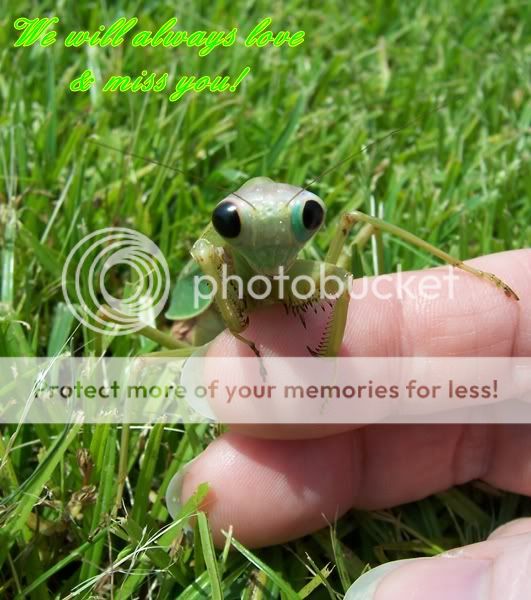Ha! Well I can tell you to the millimeter the ideal prey size for S. lineola (I guess that that is the species you have), or at least Dr. Prete, editor of the "Prete book" can:
The visually released, predatory behaviors of approaching and striking at prey by the praying mantis, Sphodromantis lineola (Burr.), were measured in response to various moving, three-dimensional lure configurations. Lures varied in length (3, 7, 15, 25, 35, 50, 70 or 100 mm), thickness (i.e. width and height: 3, 7, 10, 15, 20 or 30 mm) and direction (approaching or moving orthogonally). Each of these three parameters has a significant effect on whether adult female S. lineola recognize a moving object as potential prey. Approaching lures are strong releasers of predatory behaviors when they are 3-35 mm long and 10 mm thick. Orthogonally moving lures, although overall poor releasers of predatory behavior, are at their strongest when 3-35 mm long but only 3 mm thick.
(Configural prey recognition by the praying mantis, Sphodromantis lineola (Burr.): Effects of size and direction of movement. Prete, Frederick R. Brain, Behavior and Evolution, Vol 36(5), Nov 1990, 300-306.)
I suspect thqt your mantis may be blind in one eye or partially blind in both.






